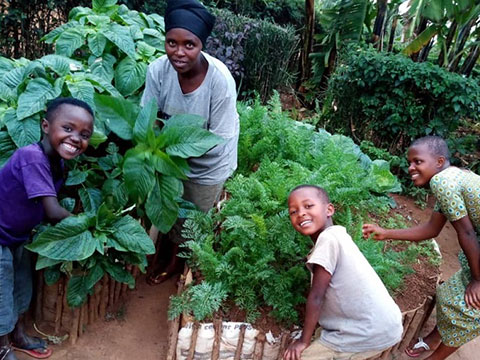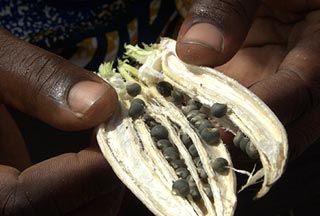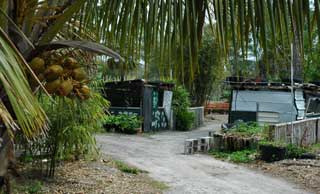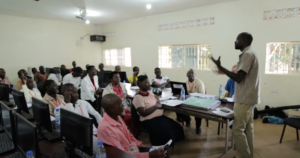Introduction to Backyard Gardening
Gardening offers some incredible benefits, including the opportunity to grow your own food, engage in physical activity, and connect with nature. For beginners, starting a garden in your backyard might seem daunting, but with the right guidance, it’s an incredibly rewarding experience. This guide aims to equip you with the basic knowledge to start your own garden successfully.
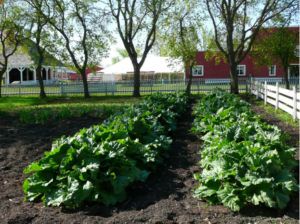
Setting Up Your Garden
Choosing the right location in your backyard is crucial. Look for a spot that receives ample sunlight, has good air circulation, and is free of any large roots or rocks. Essential tools include a spade, hoe, rake, and watering can.
Preparing your soil is the next step—start by clearing the area of weeds and debris. Test the soil to understand its type and nutrient content, which will guide you in amending it properly to suit the needs of your plants.
Optimizing Your Soil for Successful Gardening
Understanding and adjusting your soil’s properties is key to a thriving garden. Soil pH is crucial as it affects how well plants can absorb nutrients. Most plants thrive in a slightly acidic to neutral range (pH 6.0 to 7.0). If your soil is too acidic, adding lime can help raise the pH, while sulfur or organic mulches can lower an alkaline pH, bringing it into the ideal range.
Nutrient levels are equally important for plant health. If your soil test shows a deficiency in nitrogen, phosphorus, or potassium, you can address these issues respectively with compost or specific fertilizers.
The texture of your soil also plays a significant role in how well your garden performs. Sandy soils, while draining well, often fail to retain nutrients and moisture. Adding organic matter can help improve their nutrient and water retention. On the other hand, clay soils hold nutrients and moisture a bit too well, leading to poor drainage. Incorporating materials like gypsum and organic matter can help break up clay soils, improving drainage and root penetration.
Planting and Maintaining Your Garden

Begin by selecting plants that are well-suited to your climate and soil type to ensure they thrive. For beginners, vegetables like tomatoes, peppers, and lettuce are excellent choices due to their relatively straightforward care requirements. It’s also beneficial to consider the maturity time of each plant, which can help in planning a continuous harvest throughout the growing season.
Planting can be done using seeds or seedlings, depending on your preference and the growing season’s timing. Seedlings might offer a quicker start, but seeds are often more cost-effective. Make sure to space the plants properly according to their specific needs, which helps in preventing excessive competition for light, water, and nutrients. Once your garden is planted, regular maintenance is key. Water your plants regularly, especially during dry spells, and keep an eye out for pests and diseases.
Conclusion
Starting a backyard garden can be a fulfilling project that not only beautifies your home but also provides fresh produce while contributing to sustainability. With patience and care, your garden will thrive, offering tangible rewards and the satisfaction of growing your own food.
–
ECHO provides hope against hunger around the globe through agricultural training and resources. As a Christian technical networking and resourcing organization, ECHO builds a diverse, global network and serves that network by sharing validated contextualized agricultural options with technical excellence. ECHO’s goal is to serve its network members to advance food security and sustainable livelihoods. ECHO’s North American Regional Impact Center is located in Fort Myers, Florida with a global presence through four Regional Impact Centers in the USA, Thailand, Tanzania, and Burkina Faso. For more information about ECHO call 239-543-3246 or visit echonet.org or ECHOcommunity.org.
